p. 89
AS appropriate emblems of various human and divine attributes birds were included in religious and philosophic symbolism that of pagans and of Christians alike. Cruelty was signified by the buzzard; courage by the eagle; self-sacrifice by the pelican; and pride by the peacock. The ability of birds to leave the earth and fly aloft toward the source of light has resulted in their being associated with aspiration, purity, and beauty. Wings were therefore often added to various terrene creatures in an effort to suggest transcendency. Because their habitat was among the branches of the sacred trees in the hearts of ancient forests, birds were also regarded as the appointed messengers of the tree spirits and Nature gods dwelling in these consecrated groves, and through their clear notes the gods themselves were said to speak. Many myths have been fabricated to explain the brilliant plumage of birds. A familiar example is the story of Juno’s peacock, in whose tail feathers were placed the eyes of Argus. Numerous American Indian legends also deal with birds and the origin of the various colors of feathers. The Navahos declare that when all living things climbed to the stalk of a bamboo to escape the Flood, the wild turkey was on the lowest branch and his tail feathers trailed in the water; hence the color was all washed out.
Gravitation, which is a law in the material world, is the impulse toward the center of materiality; levitation, which is a law in the spiritual world, is the impulse toward the center of spirituality. Seeming to be capable of neutralizing the effect of gravity, the bird was said to partake of a nature superior to other terrestrial creation; and its feathers, because of their sustaining power, came to be accepted as symbols of divinity, courage, and accomplishment. A notable example is the dignity attached to eagle feathers by the American Indians, among whom they are insignia of merit. Angels have been invested with wings because, like birds, they were considered to be the intermediaries between the gods and men and to inhabit the air or middle kingdom betwixt heaven and earth. As the dome of the heavens was likened to a skull in the Gothic Mysteries, so the birds which flew across the sky were regarded as thoughts of the Deity. For this reason Odin’s two messenger ravens were called Hugin and Munin–thought and memory.
Among the Greeks and Romans, the eagle was the appointed bird of Jupiter and consequently signified the swiftly moving forces of the Demiurgus; hence it was looked upon as the mundane lord of the birds, in contradistinction to the phœnix, which was symbolic of the celestial ruler. The eagle typified the sun in its material phase and also the immutable Demiurgic law beneath which all mortal creatures must bend. The eagle was also the Hermetic symbol of sulphur, and signified the mysterious fire of Scorpio–the most profoundly significant sign of the zodiac and the Gate of the Great Mystery. Being one of the three symbols of Scorpio, the eagle, like the Goat of Mendes, was an emblem of the theurgic art and the secret processes by which the infernal fire of the scorpion was transmuted into the spiritual light-fire of the gods.
Among certain American Indian tribes the thunderbird is held in peculiar esteem. This divine creature is said to live above the clouds; the flapping of its wings causes the rumbling which accompanies storms, while the flashes from its eyes are the lightning. Birds were used to signify the vital breath; and among the Egyptians, mysterious hawklike birds with human heads, and carrying in their claws the symbols of immortality, are often shown hovering as emblems of the liberated soul over the mummified bodies of the dead. In Egypt the hawk was the sacred symbol of the sun; and Ra, Osiris, and Horns are often depicted with the heads of hawks. The cock, or rooster, was a symbol of Cashmala (Cadmillus) in the Samothracian Mysteries, and is also a phallic symbol sacred to the sun. It was accepted by the Greeks as the emblem of Ares (Mars) and typified watchfulness and defense. When placed in the center of a weather vane it signifies the sun in the midst of the four corners of creation. The Greeks sacrificed a rooster to the gods at the time of entering the Eleusinian Mysteries. Sir Francis Bacon is supposed to have died as the result of stuffing a fowl with snow. May this not signify Bacon’s initiation into the pagan Mysteries which still existed in his day?

Moe is the founder of GnosticWarrior.com. He is a father, husband, author, martial arts black belt, and an expert in Gnosticism, the occult, and esotericism.

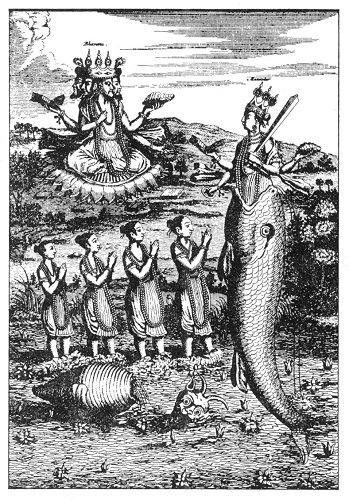
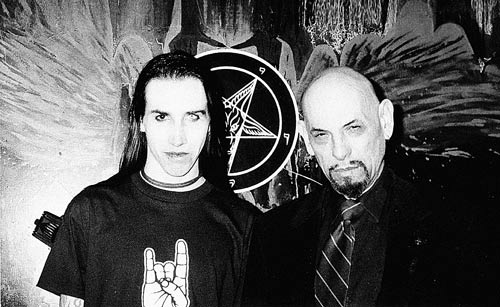

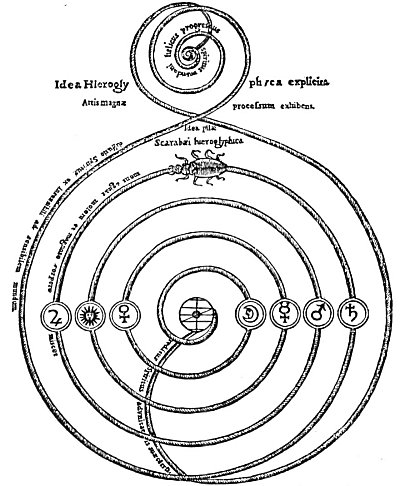
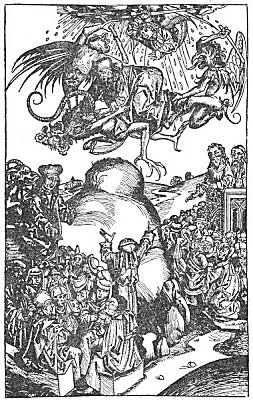
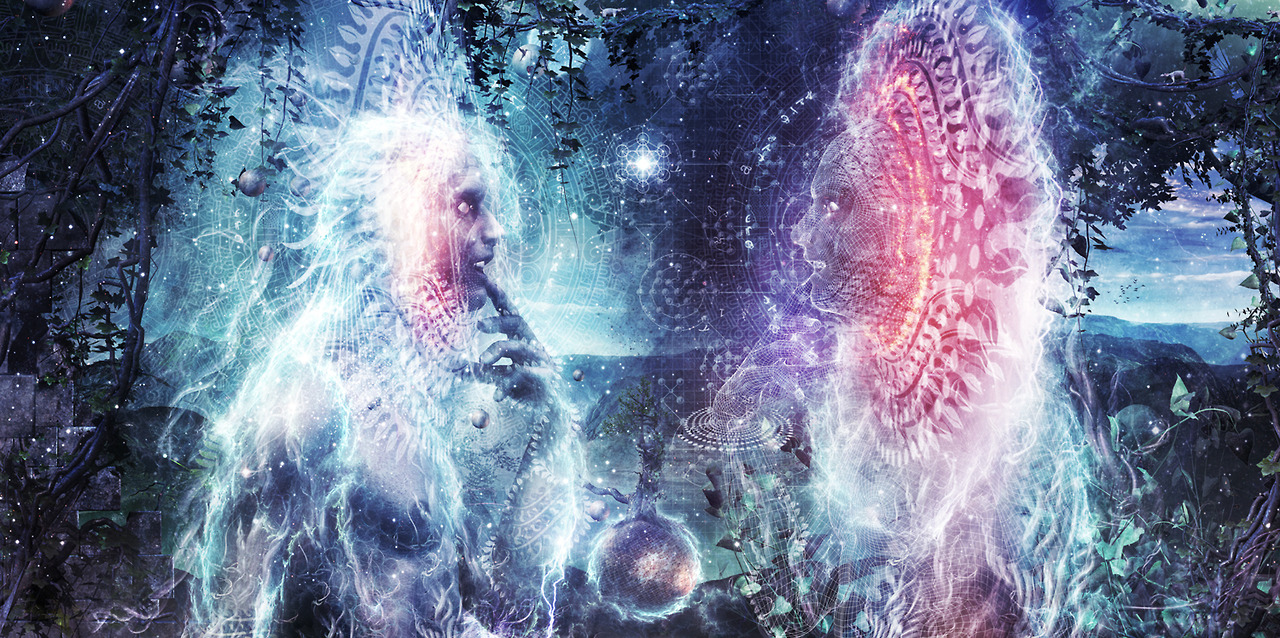

![How the Isle of Wight received Christian inhabitants, and two royal youths of that island were killed immediately after Baptism [686 A. D.] | Book 4 | Chapter 16 How the Isle of Wight received Christian inhabitants, and two royal youths of that island were killed immediately after Baptism [686 A. D.] | Book 4 | Chapter 16](https://www.gnosticwarrior.com/wp-content/plugins/contextual-related-posts/default.png)